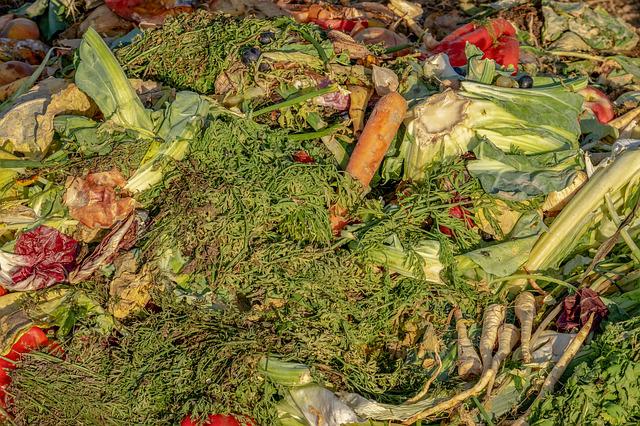Did you know 30-40% of America’s food supply is lost to waste? Learn how that impacts our climate and design a way to minimize the amount of food you’re wasting.
maker playground
food waste | 3rd grade+
explore
What do you do when you can’t finish your food? Do you save it for later? Compost it? Throw it away? According to the US Department of Agriculture, between 30-40% of America’s food supply is lost to waste. This waste happens at all stages of the food supply chain, from farming to packaging to right in our own schools, homes and kitchens. In addition to being a waste of resources, food waste plays a significant role in climate change. Food put in landfills emits methane gas, and poorly grown crops deplete the nutrients in the soil. You can learn more about the impact of food waste on our climate here.
Small steps like only preparing what you’ll eat, using leftovers, and not buying more than you can consume can all make a big difference in curbing food waste. But did you know that some of the foods we throw away as part of regular preparation, like the ends of our celery or lettuce, or the pits of our avocados, can be used to regrow food? Most fruits and vegetables grow from seeds (like that avocado) but tubers (potatoes and sweet potatoes) can regrow from a small part of the plant called the eye. Other plants, like garlic and onions, grow from bulbs (which is the part we eat!), and celery and some lettuces can regrow in a process called vegetative propagation. You can learn more about regrowing food here.

imagine
While regrowing food scraps is one way to reduce waste, there are lots of other things we can do to help reduce the amount of food we throw out. Try to think of other ways to repurpose and reuse the scraps from our kitchens to help give them new or more life. Or imagine ways you can help reduce food waste in the growing process by keeping soil healthy or reducing the energy it takes to transport food.
As you design a method for reducing food waste, ask yourself:
- How can I reduce what I throw out?
- How can I reuse what I already have?
- How can I protect the soil where food is being grown?
- How can I help keep food fresh longer, or make sure that food gets used before it spoils?
Try and use recycled materials to build your project as another way to minimize waste!
create
Maybe you’ll build a self watering garden system, or a food scrap regrow garden, or maybe you’ll code a tracker to notify you when food is about to spoil. There are so many possibilities! Once you have an idea, build a model. You could use Tinkercad to design a waste-free prototype or use reusable building materials like LEGO or blocks. If you choose to build a real life prototype out of cardboard or other recyclables, check out these videos to brush up on your cardboard construction skills.
No matter what you design, be sure to share it with socialmedia@kid-museum.org for a chance to be featured on KID Museum’s website or social media. Include your name, age, and details about your creation.

